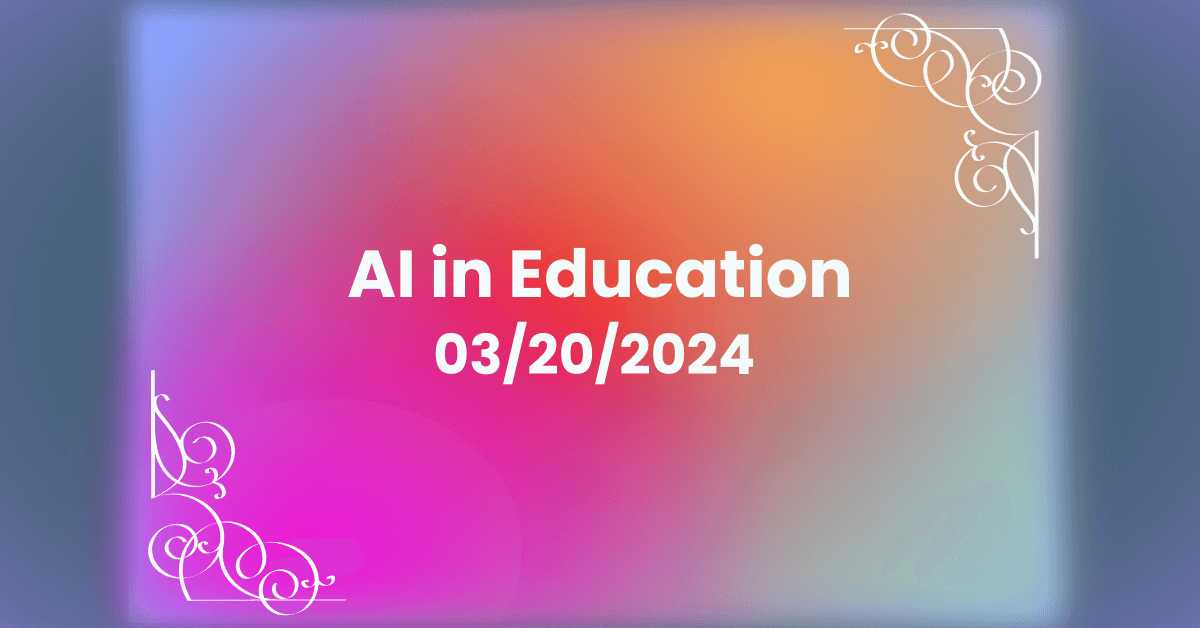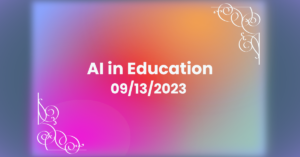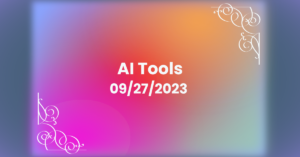Can AI Improve Education Administration?
Can AI Improve Education Administration?
To this point, most of our focus on AI in education has been on how it affects students and academia in general. Today, I’d like to talk about how AI might positively impact education administration.
Educational institutions are complex and require quite a bit of administrative overhead to function smoothly. If you’ve ever spent time with educators, you know that the work doesn’t stop when they leave the classroom. Improving the efficiency of that administrative work could relieve a lot of strain from educators.
Administrative efficiency is not just about cutting costs or saving time; it’s about enhancing the educational experience for students and educators alike. By automating routine tasks, providing insights through data analysis, and improving resource management, AI promises to significantly enhance administrative efficiency in education. This touches every aspect of the institution, from the classroom to the backend operations, promising a more streamlined, effective, and personalized educational journey.
AI can assist teachers in planning their curriculum by analyzing vast amounts of educational content and aligning it with learning standards and student needs. By leveraging AI, educators can receive suggestions for lesson plans, multimedia resources, and interactive activities tailored to their students’ learning styles and progress. Furthermore, AI can aid in designing classroom layouts optimized for learning, considering factors like student engagement, classroom size, and available technology. This level of planning support allows teachers to focus more on teaching and less on the logistics of preparation.
AI technologies have the capability to monitor student performance and engagement in real-time, identifying patterns that may indicate a student is struggling. By analyzing data from various sources, including grades, attendance records, and online learning platforms, AI can spot trends that may not be immediately obvious to human observers. Once identified, the system can suggest intervention strategies tailored to the individual needs of the student, such as tutoring, additional resources, or alternative teaching methods. This proactive approach can help ensure that all students receive the support they need to succeed.
Scheduling in educational institutions is a complex task, involving the coordination of classrooms, teacher availability, student groups, and campus events. AI can significantly improve this process by analyzing constraints and preferences to generate optimal schedules. For instance, AI algorithms can efficiently manage reservations for campus facilities, coordinate testing calendars, and plan a myriad of campus events, ensuring minimal conflicts and maximizing resource utilization. This leads to smoother operations and a better educational experience for students and staff.
AI excels at handling routine administrative tasks with speed and accuracy. By automating processes such as attendance tracking, course scheduling, and resource allocation, AI systems reduce the need for manual input, minimizing errors and freeing up administrative staff to focus on more critical tasks. These automated systems can also adapt to changes in real-time, ensuring that the institution can quickly respond to new information or requirements.
AI-driven platforms can transform communication within educational institutions by automating updates, reminders, and personalized messages. These systems can analyze communication patterns to ensure that messages are sent at the optimal time and through the preferred channels, whether it’s email, SMS, or school portals. By ensuring that students, parents, and educators are always informed and engaged, these platforms foster a connected and supportive educational community.
The importance of administrative tasks in ensuring the smooth operation of educational institutions cannot be overstated. Educators, who already invest so much in nurturing their students’ growth, stand to benefit significantly from the relief that AI-driven efficiencies can bring to their myriad administrative responsibilities. It’s about more than merely saving time or reducing costs; it’s about fostering a more enriching, effective, and personalized educational environment for both students and educators.







